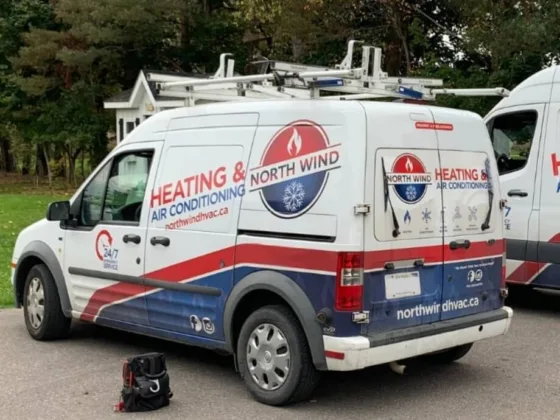In the fast-paced realm of industrial operations, unexpected pump failures can lead to costly downtime and disruptions in productivity. When faced with emergency pump repairs, implementing effective strategies is crucial to minimize downtime and swiftly restore operations.
In this guide, we’ll explore critical methods for handling emergency pump repairs, with a nod to the specialized considerations involved in hydraulic fracturing.
Establish a Comprehensive Maintenance Plan:
The foundation for minimizing downtime during emergency pump repairs begins with a comprehensive maintenance plan. A well-designed maintenance strategy includes regular inspections, routine servicing, and proactive identification of potential issues.
By adhering to a structured plan, industrial operators can preemptively address concerns, reducing the likelihood of sudden pump failures.
Invest in Predictive Maintenance Technologies:
Embrace the power of technology to predict and prevent pump failures. Utilize predictive maintenance technologies, such as sensors and monitoring systems, to track the health of pumps in real time. These technologies can provide early warnings about potential issues, allowing for proactive interventions before a breakdown occurs.
Maintain a Spare Parts Inventory:
Building and maintaining a strategic spare parts inventory is a proactive approach to handling emergency pump repairs. Having essential components readily available can expedite the repair process, reducing the time required to source and procure replacement parts during critical situations.
Train Personnel for Rapid Response:
A well-trained and responsive team is invaluable during emergency pump repairs. Provide comprehensive training to personnel on proper pump operation, troubleshooting techniques, and emergency response protocols. Swift and informed actions by trained personnel can make a significant difference in minimizing downtime.
Establish Emergency Response Protocols:
Incorporate emergency response protocols into your operational framework. Clearly define roles and responsibilities during emergencies, ensuring each team member understands their tasks. A structured response plan helps streamline the repair process and mitigate the impact of unexpected pump failures.
Engage with Specialized Service Providers:
Engaging with specialized service providers is critical for industries involved in technical processes like hydraulic fracturing. This could include partnering with experts in Frac Pumps in emergency pump repairs. These specialists understand the unique demands of hydraulic fracturing operations, offering tailored solutions to address emergency repairs promptly and effectively.
Utilize Redundancy Systems:
Where feasible, implement redundancy systems to ensure continuous operation even during pump failures. Redundancy minimizes the impact of a single pump malfunctioning by seamlessly transferring the load to backup systems. This approach can buy valuable time for repairs without causing significant disruptions.
Regularly Review and Update Emergency Plans:
The dynamics of industrial operations evolve, necessitating regular reviews and updates to emergency plans. Stay proactive by revisiting and refining emergency response protocols and considering any equipment, technology, or operational procedure changes.
Conclusion: Proactive Measures for Seamless Operations
In conclusion, practical strategies for minimizing downtime during emergency pump repairs involve proactive planning, technological advancements, and specialized expertise.
Whether in traditional industrial settings or technical fields like hydraulic fracturing with Frac Pumps, a well-rounded approach to emergency pump repairs ensures that operations can swiftly rebound from unforeseen setbacks.
By implementing these strategies, industrial operators can fortify their resilience, uphold productivity, and confidently navigate emergency pump repairs in the face of unexpected challenges.










